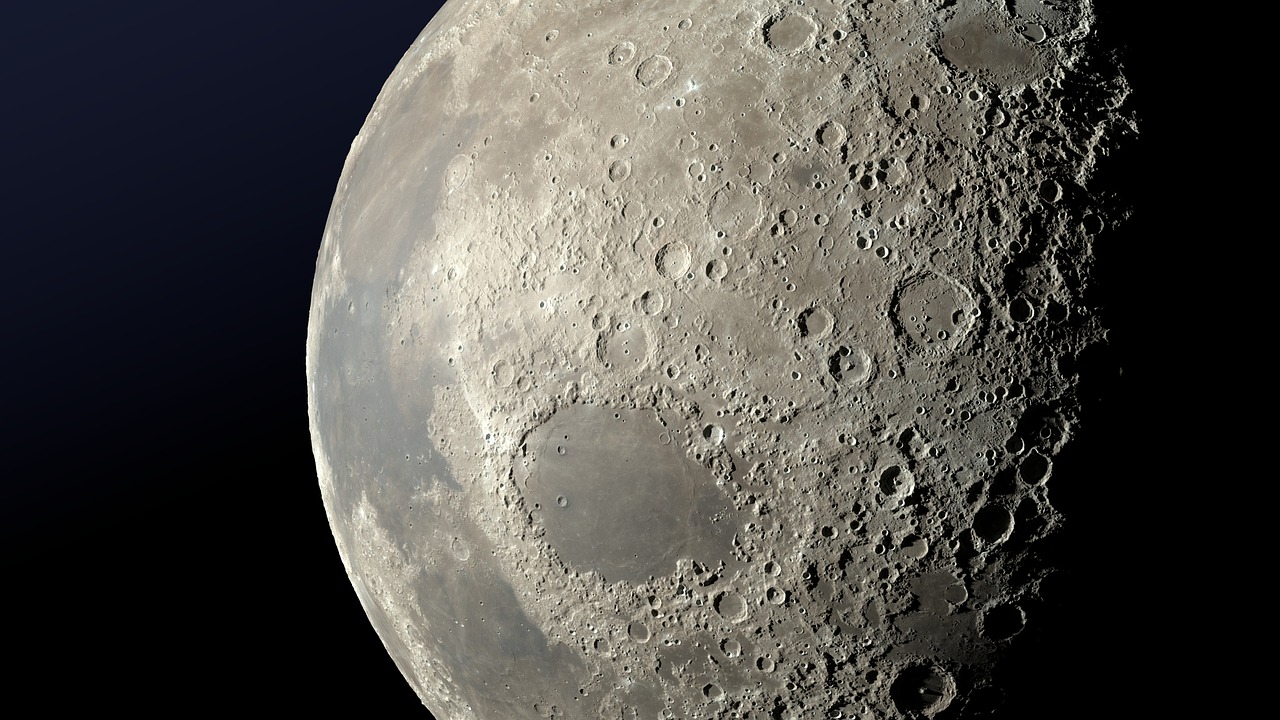
Pre-reading questions:
I will read each question. Then, please answer them.
- If given the opportunity, would you like to go to the moon? Why or why not?
- Do you think humans are soon to reach the level of technology necessary to make living on the moon possible?
Vocabulary:
I will read the words, meanings, and sample sentences. Then, repeat after me.
- surface /SUR-fis/
- acquire /uh-KWAHYUHR/
- commercial /kuh-MUR-shuhl/
- presence /PREZ-uhns/
- extract /ik-STRAKT/
[noun] – the outer or top part or layer of something
The scientist used a microscope to study the surface of the cell and its intricate structures.
[verb] – to get or obtain something
The language learner was able to acquire fluency through immersion in a foreign culture.
[adjective] – A commercial product can be bought by or is intended to be bought by the general public
The city council approved the construction of a new commercial building in the downtown area.
[noun] – the fact that someone or something is in a place
The security guard’s presence at the entrance made visitors feel safe and secure.
[verb] – to remove or take out something
The chef used a special tool to extract the juice from the oranges for the recipe.
Article reading:
Please read the whole article. Then, I will check your pronunciation and intonation.
iSpace, a Japanese company, attempted to conduct a private moon landing but reported that their lunar lander possibly crashed onto the surface. They lost communication with the Hakuto-R craft moments before its landing. The iSpace lander was propelled into space via a SpaceX rocket in December and was intended to release an exploratory rover and a small robot. The mission was not successfully completed, but the company still achieved a remarkable amount by being able to carry out the landing phase and acquire valuable data and experience. The lander was relatively small and compact, weighing 340kg and standing just over 2 meters tall.
The Japanese mission was the first attempt by iSpace to test a series of commercial landers. The company’s vision is to provide commercial services for a continuous human presence on the moon, including sending equipment for extracting lunar resources and producing rocket fuel. According to the firm Rocket Engineering, a successful landing would have represented a “step change” in commercial involvement in space exploration. The United States, Russia, and China are the only countries that have managed to put a robot on the lunar surface, all through government-funded programs. In 2019, Israel’s Beresheet mission made the first private company attempt to land on the moon, but the spacecraft was lost during the landing process.
The Japanese mission was the first attempt by iSpace to test a series of commercial landers. The company’s vision is to provide commercial services for a continuous human presence on the moon, including sending equipment for extracting lunar resources and producing rocket fuel. According to the firm Rocket Engineering, a successful landing would have represented a “step change” in commercial involvement in space exploration. The United States, Russia, and China are the only countries that have managed to put a robot on the lunar surface, all through government-funded programs. In 2019, Israel’s Beresheet mission made the first private company attempt to land on the moon, but the spacecraft was lost during the landing process.
Comprehension questions
I will read each question. Then, please answer them based on the article.
- What was iSpace’s objective?
- Did the mission conclude successfully?
- What was lost before the lander was due to touch down?
- What was the weight and height of the iSpace lander?
- Which countries have managed to put a robot on the lunar surface through government-funded programs?
Discussion questions
I will read each question. Then, please answer them.
- Do you think space missions are significant? Why or why not?
- Do you think the moon lander’s failure will affect future space explorations? Why or why not?
- Do you think iSpace has achieved its objectives?
- Why do you think iSpace’s mission to land on the moon is important for the future of space exploration?
- How could the data and experience acquired by iSpace’s mission be useful in future lunar missions?